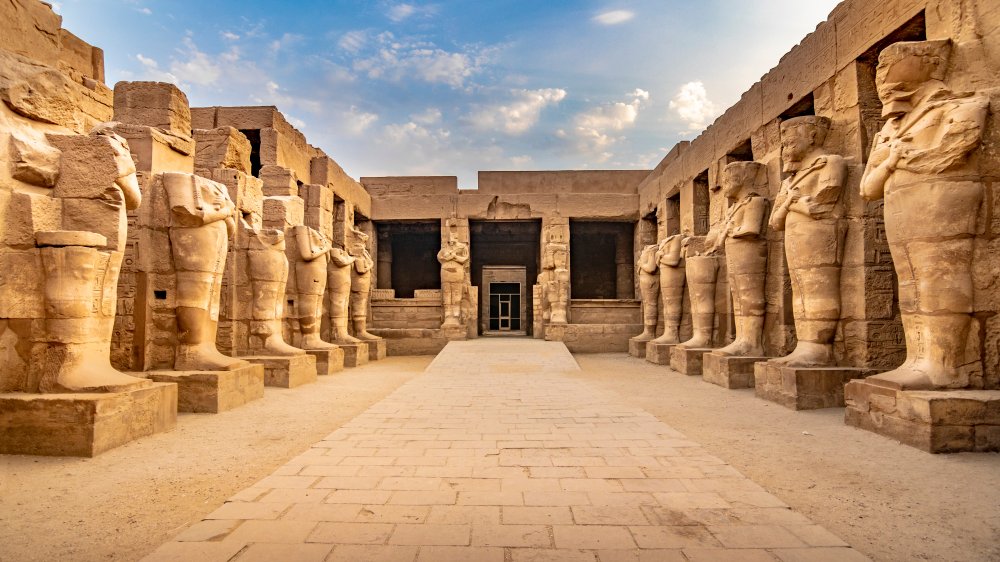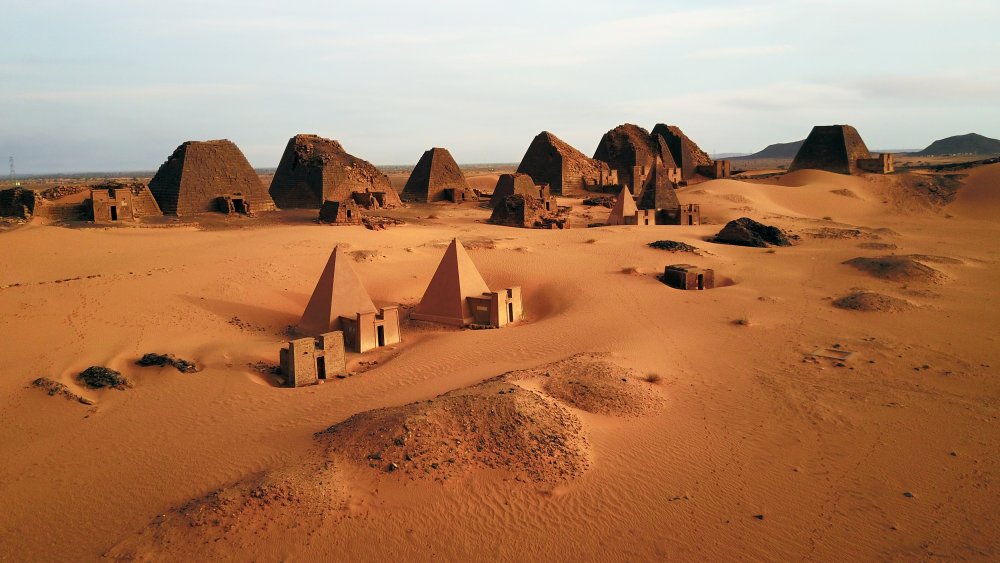The Few Details We Know About The Mysterious Kingdom Of Yam
The modern age of science and technology has explained away as much of the mystery surrounding the ancient world as it has raised questions concerning it. Every time we make a discovery about the world of times forgotten, something unexplainable pokes its irksome head from the dust to mock us. We write stories off as myth, only to find a semblance of truth surrounding them. Or we do the opposite, we can't find any concrete evidence to support a notion passed down for the ancient world, so we question its validity. Few places still hold this mystique today, and one of them is Ancient Egypt.
You've surely heard of the Great Pyramids or the Sphinx, but there are more obscure legends about that give us enough history to keep us searching while questions continually go unanswered. The Kingdom of Yam is one such place. Clearly, it had to have existed, but the only evidence Egyptologists have isn't enough to confirm it.
We only know what they tell us about the mysterious Kingdom of Yam
We only know what the Ancient Egyptians tell us about the mysterious Kingdom of Yam, and that's not much. The most well-known account of the Kingdom of Yam comes from the tomb facade of Harkhuf, the governor of Upper Egypt from 2290 BCE to 2270 BCE. Black Genesis says the account claims that Harkhuf took 300 donkeys on a seven-month trek to the fabled Yam, from which he returned "with incense, ebony, hekenu perfume, grain, leopard skins, elephant tusks, many boomerangs, and all kinds of beautiful and good presents."
Here's the problem, fertile lands surrounded the Nile. Any of which Harkhuf could have traveled to and back from in far less than seven months. Egyptologists say that for Harkhuf to have traveled so far, he would've been at least 900 miles from home in the desert. That would have near impossible given the climate and the lack of modern technology. Harkhuf would've likely perished on the journey. What's more, Yam wouldn't have been able to sustain itself in the desert climate either. Definitely not long enough to be a thriving center of commerce.
To this day, no one has a clue where Yam was located. The accounts from Harkhuf are numerous though, and it seems Egypt had a good relationship with Yam in those days. Yam even gifted King Pepi II a pygmy (maybe a dwarf?) once, prompting an exuberant letter from the king.

